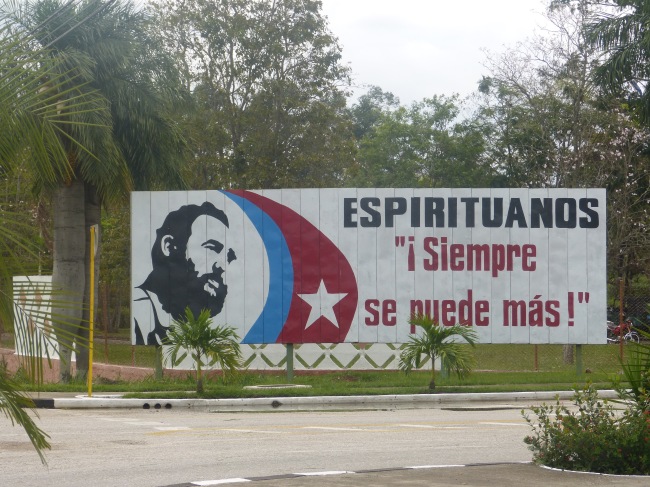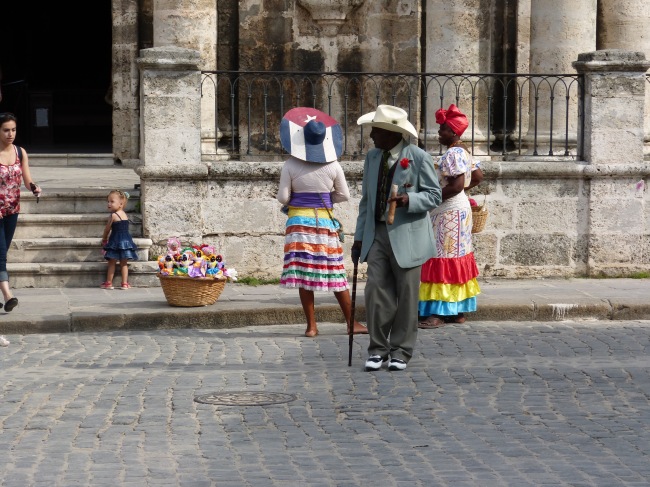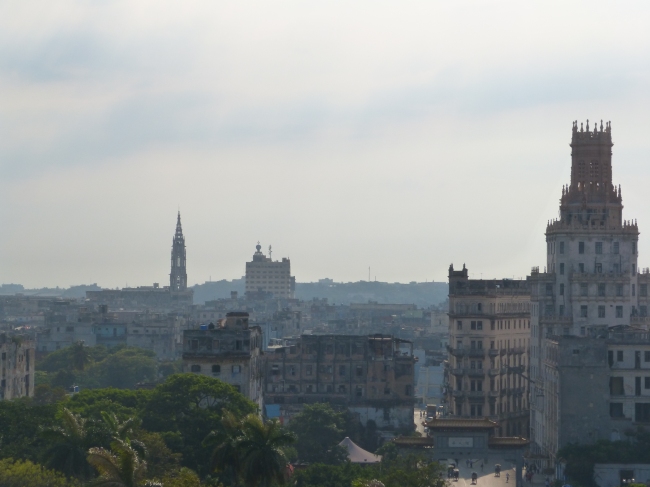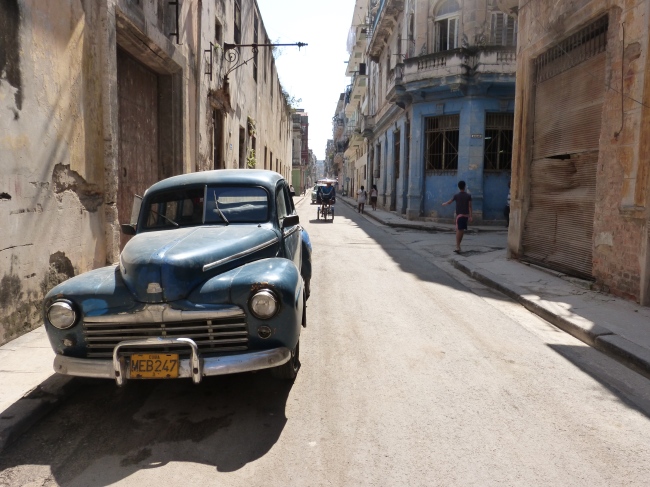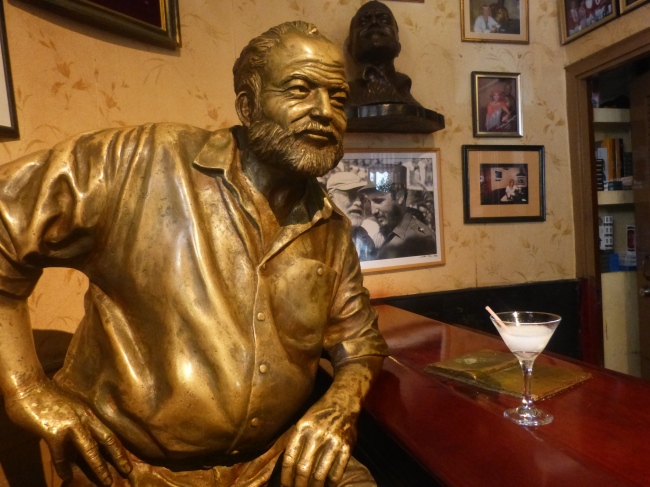‘O brave new world that has such people in’t’ – The Tempest, William Shakespeare
I left for Cuba clutching Aldous Huxley’s ‘Brave New World’ at chest. I was engrossed in it already by the time the plane tucked its wheels under and started the 11 hours long journey to Havana and didn’t find it hard to finish reading it before the screech of the wheels at landing impact.
‘Brave New World’ – a book I would read anywhere because I’m fascinated with Dystopias (or Utopias – in this case it’s hard to tell) – made its way into my life just as I was leaving the capitalist consumerist society I have been living in since the fall of communism in my native Romania to explore the last remaining communist bastion that retained most of the elements which originated it: empty shops, inspirational slogans, strong political figures (there is no denying of the omnipresence of ‘El Che’, from decaying walls graffiti and billboards to T-shirts), no Internet access and difficulty of leaving one’s country. It was hard not to feel a bit excited at the prospect of such a country still existing, a bit like the last remaining Savage Reservation in the book, where the old and the imperfect still continued.
However, since the Raul Castro’s reforms in the 90’s have put Cuba on the tourist trail, it became something else entirely. Not quite travelled enough to be an easy to navigate backpacker’s paradise and not quite off the beaten track entirely to avoid tacky tourist traps and the ‘mariachi’ playing the same collection of songs in every city and at every corner.
But Havana is without a doubt the most spectacular city I have ever been to – its decaying buildings retaining most of their old colonial pride made me feel as if I was visiting some ancient ruins with people still in it, flesh and bones people living in a ghost town – and I already dread the day when shiny new buildings with adorn the Malecon. The Old Havana has already started its regeneration and not all of it fits with its fighting spirit. The Lonely Planet guide book suggested we go to Calle Obispo for a glance into local artist’s studios but all we could find was their version of ‘Oxford Street’ – in a city like Havana that’s exactly the street you want to avoid! Instead, you want to find yourself lost on the parallel street of Obrapia, where people go about their everyday business without trying to sell you cigars or salsa lessons, where women hang out clothes to dry in small balconies prevented from falling by makeshift wooden pillars, with kids at play somewhere in a damp courtyard, where salsa sounds blast out from tiny apartments for the residents’ own enjoyment and with no intention of pleasing the pasty looking passers-by carrying a big camera and looking lost.
And, as you walk by, you’ll start to notice the sounds of the city: hammering of nails, roaring motors, salsa, parrots from birdcages in balconies, people shouting at each other from one end of the street to another, and you’ll let this strange symphony of sounds engulf you and make you one with the city.
Stepping out of Old Havana, we went for a stroll on Prado Boulevard, home of the famous Prado No. 12 and Sloppy Joe’s bars. It’s a great place for people watching as the occasional trees that line it up provide a bit of shade and comfort. Local artists decorate it with their art and I found myself attracted by a series of paintings depicting wavy rooftops of Havana. It made me think about how it quintessentially captured the spirit of Havana, it’s mismatching elements that make it what it is: what I will always fondly refer to as ‘The Crooked City’.
Havana is like an old lady, an old lady who used to a be famous and adored by many, but is now decrepit and suffering from arthritis, nevertheless a beautiful old lady, who always puts on her best dress, wears her best jewellery and a full make-up every time she leaves the house.
Yes, Havana is crooked, and plastered, and patched, but is also breathtaking, if only for the varieties of feelings that it instils in the unassuming visitor: nostalgia, joie de vivre, life but also death, as it reminds us of the passing of time and of how easily we turn into dust. Just like the old buildings without ceilings and windows, but with their soul very much intact.
O, brave old world. With such people in it! No wonder it was a home for Hemingway for many years…

